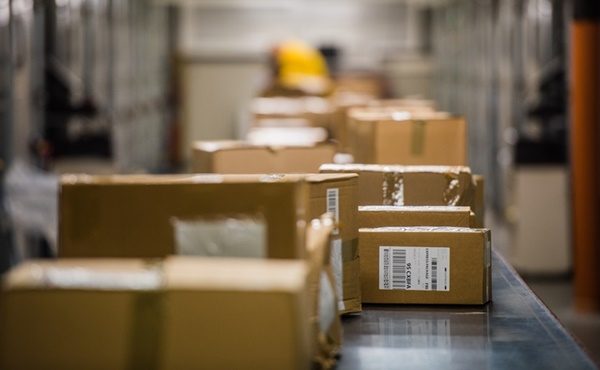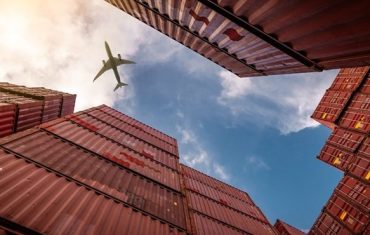Global risk management provider SAI Global says the enormous pressure on businesses in the logistics and supply chain sectors by this year’s exponential growth in delivery volumes has exposed operational and workforce vulnerabilities.
SAI Global warns continued growth―particularly with the new Regional Comprehensive Economic Partnership―will test providers in the sector over the next five years. Leveraging strong management systems will be key to success.
Even before the pandemic, the transport, postal and warehousing sector was projected to grow 6.6 per cent in the five years to May 2024. Since March, when supply-and-demand shock followed social restrictions, leading parcel delivery companies were reporting 70 to 80 per cent growth in volumes. The growth continues today: in October, the national retail turnover rose 7.3 per cent, while sales in Victoria were up 11.9 per cent.
“The unique circumstances that instantly drove consumers to buy online rather than in store gave the logistics industry no time to assess customer demand,” Daniel Havers, technical manager at SAI Global, says.
“Instead, they were forced to simultaneously solve shortages in staffing, transportation, distribution capacity or employee PPE as they occurred, causing delivery delays.
“Workforce vulnerabilities were also exposed and forced the industry to tackle them on the spot. Businesses had to implement social restrictions in their workplaces, slowing down production at a time when volumes were booming. Worker fatigue presented risks in the physical and mental safety of workers on the road, in depots and in warehouses. Those businesses that quickly hired new workers to service the demand may have had little time to train and onboard them thoroughly. Organisational vulnerabilities can devolve into serious issues, and risk becoming crises.”
High volumes of trade will not only continue beyond 2021, Havers expects them to increase further as a result of the new Regional Comprehensive Economic Partnership signed by Australia and other Asia-Pacific countries.
He says early 2021 is a good time for the logistics sector to embed long-term improvements into the fabric of their operations and workforce. An effective method is ensuring internal systems meet international best-practice benchmarks.
“Short-term operational improvements to help handle higher volumes or introducing a new policy or process won’t help organisations adapt fast enough to situational changes. Ensuring systems meet international standards, however, is extremely effective and, over the long term, minimises the risks of serious internal issues and puts the business in position for increased success.”
“The new trade agreement covers 30 per cent of the global economy and will put further pressure on providers in logistics and supply chains that will need to pivot the direction of their business with this new agreement. Underperforming management systems can interfere with the strategic direction of the business, and therefore system and training improvements will be needed. An ISO 9001 certification ensures organisations meet the benchmark criteria for quality products and services, consistently. An ISO 45001 certification ensures they meet the international standard for workplace safety in addition to meeting workplace safety laws. Securing certification includes a thorough audit of existing systems to gauge areas that fall short of international standards, followed by improvements, then further reviews and amendments―a process that takes months.
“Additionally, I encourage organisations to develop a management plan to minimise the potential of worker fatigue during busy periods of high business activity, while still enabling organisations to handle high volumes,” Havers adds.
“A key to sustained success is leveraging organisational management systems as a business tool. Too often, businesses implement a basic management system to meet minimum requirements, but the functional framework provides little or no added value to the business itself. Management systems must be tailored to the context of a business and its strategy, in the context of potential risks and opportunities, to adequately prepare the business for situational change.
For instance, the management system of a logistics company must have processes in place to handle significant spikes in growth and for expansion should it need to quickly move to a larger workplace and rapidly onboard employees within a short timeframe.”







